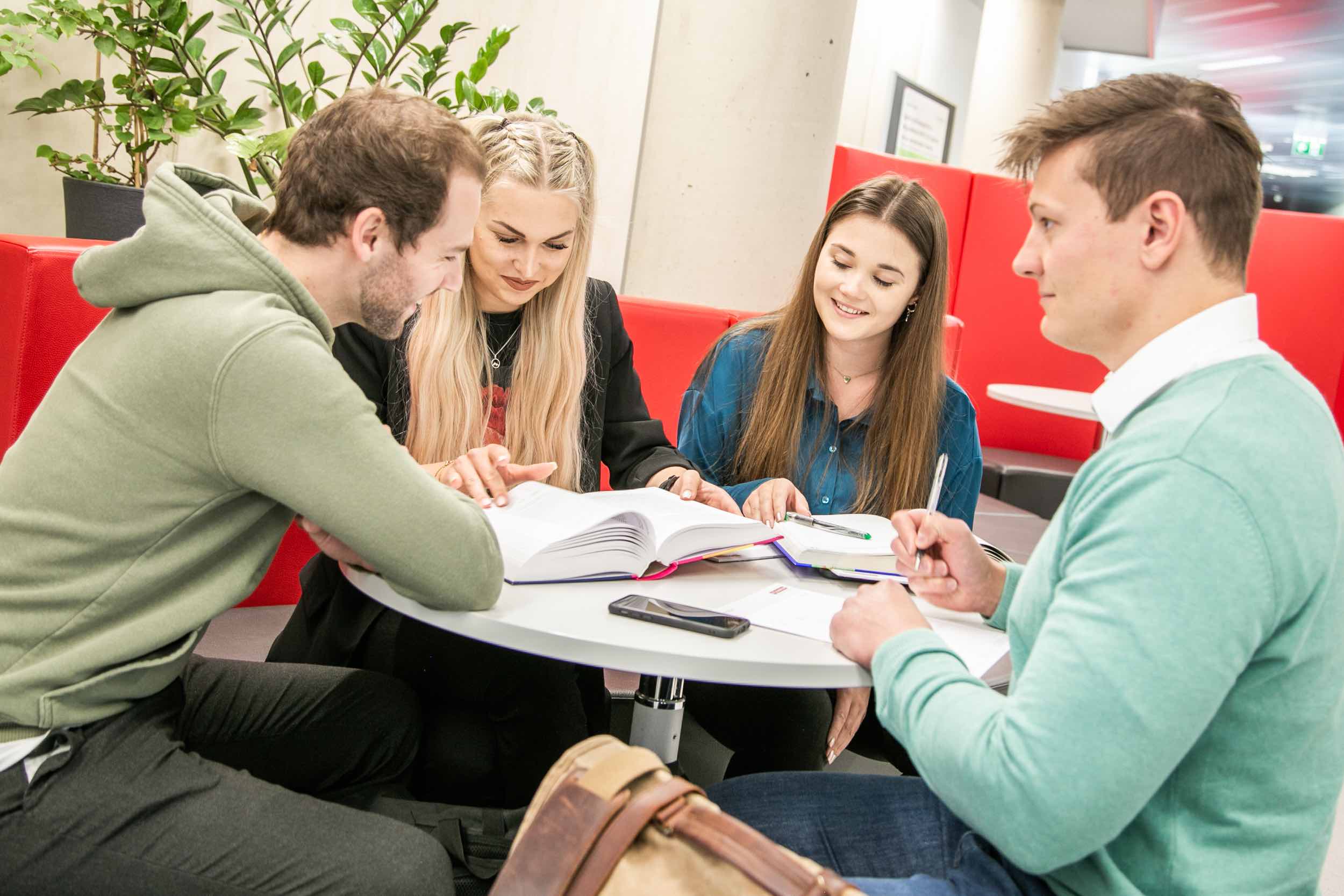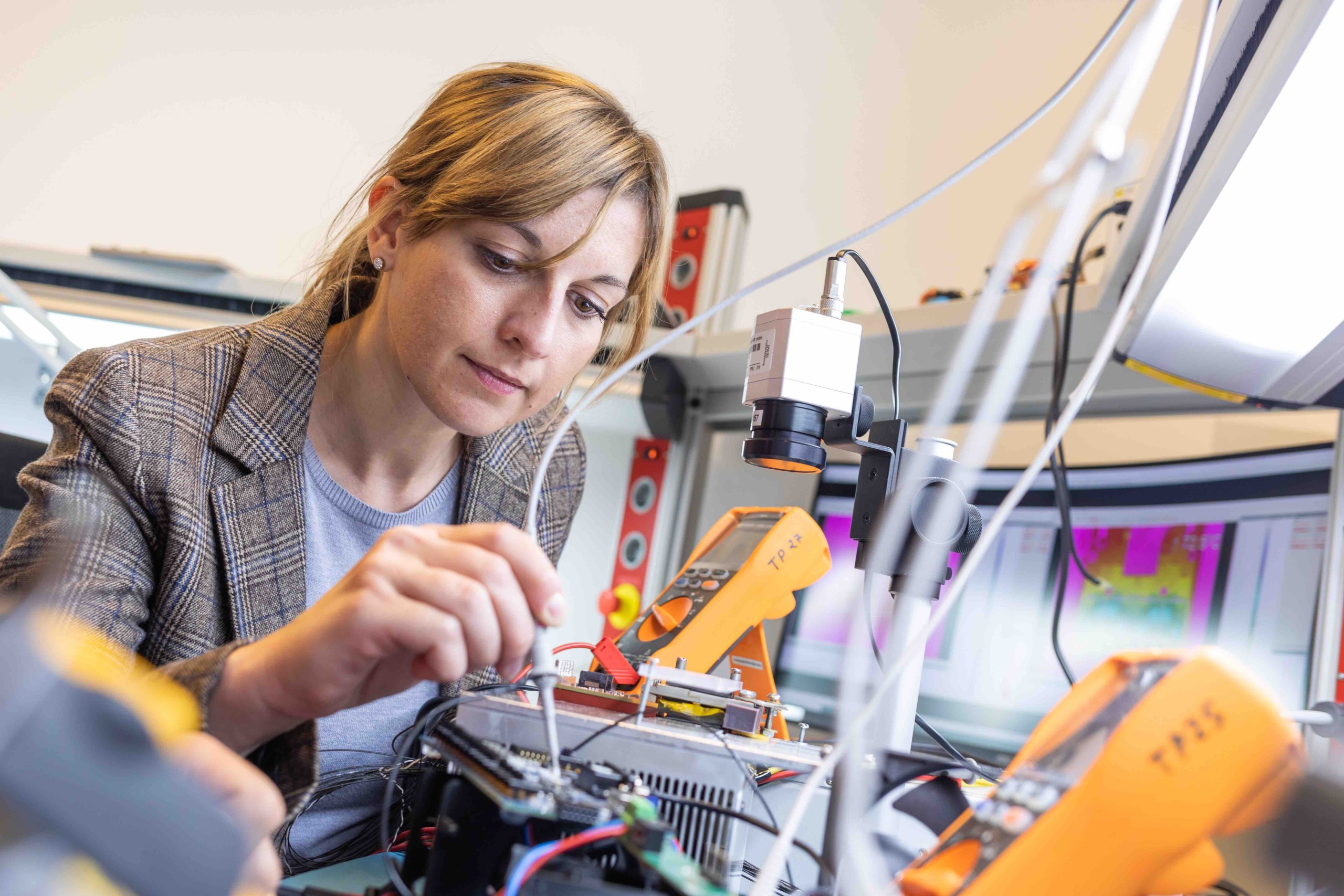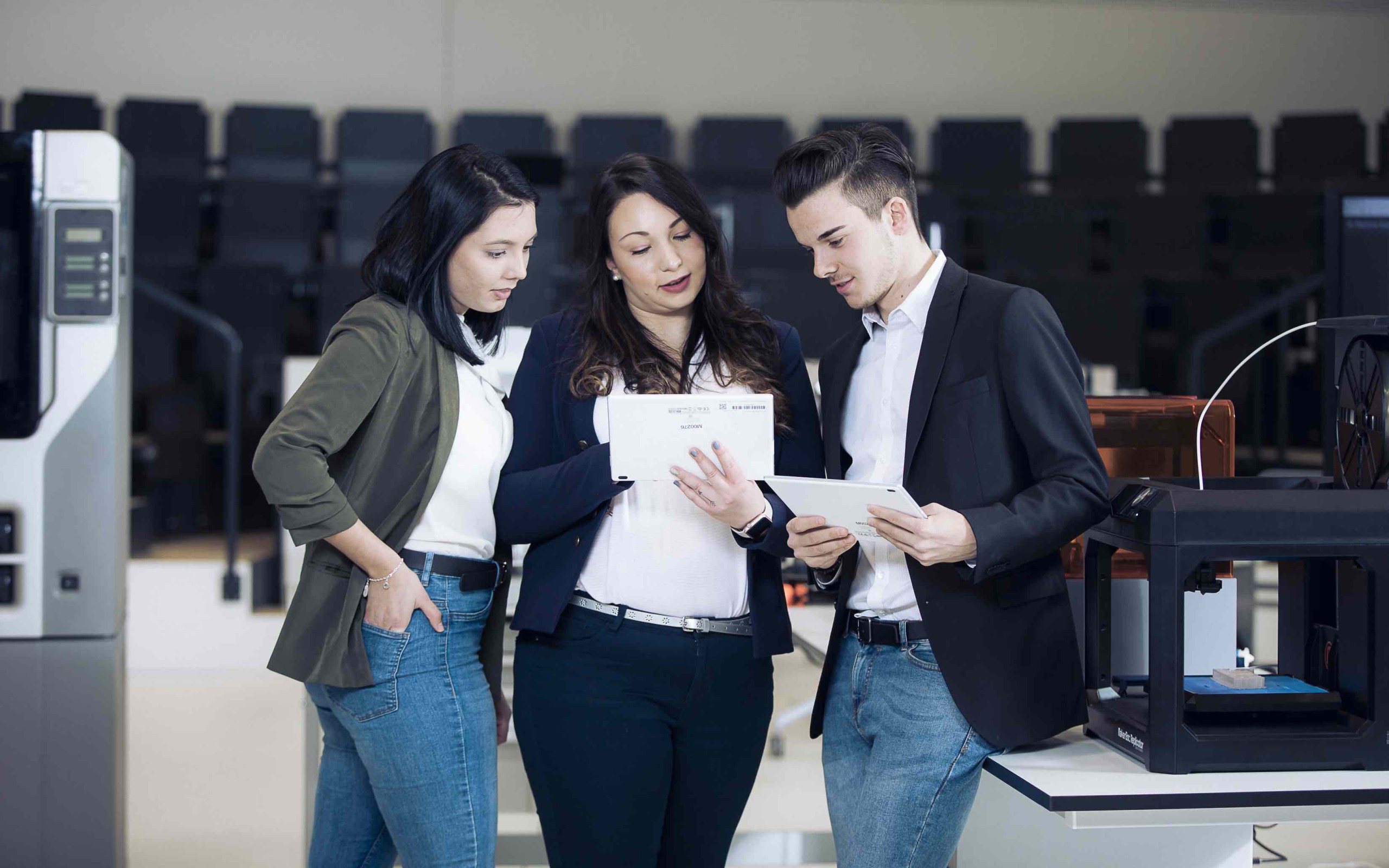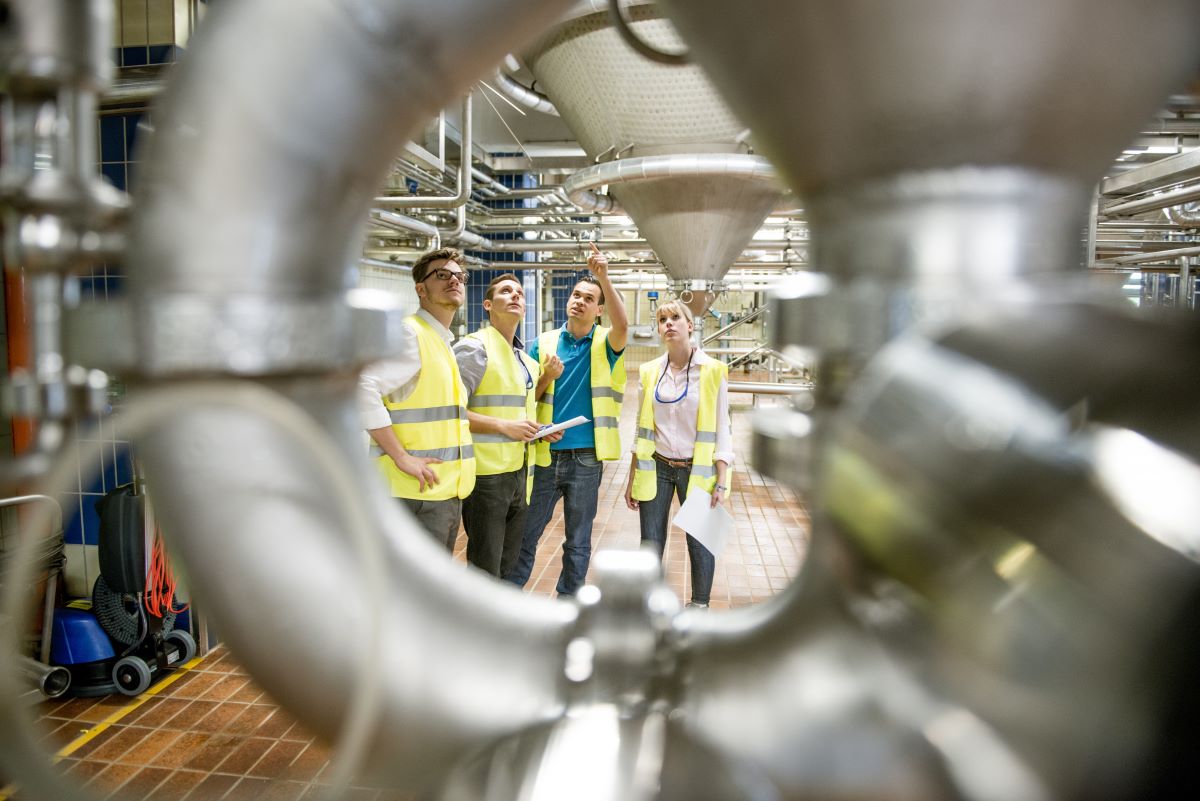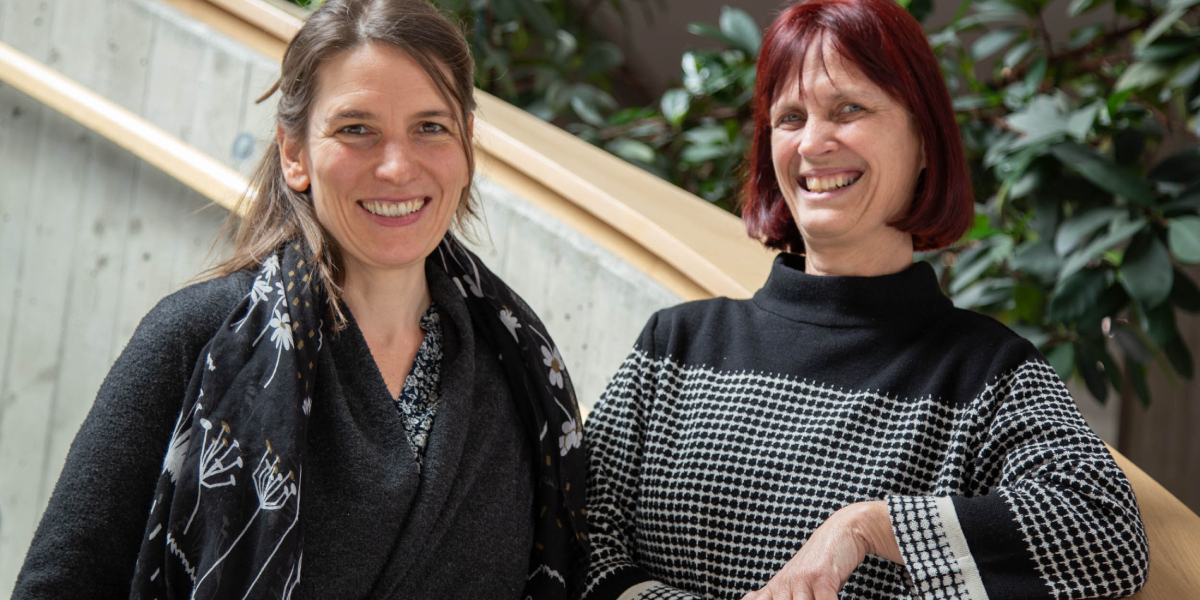Jürgen Fluch is lecturer at the Institute for Energy, Transport and Environmental Management. In this Science Story, he looks at two major buzzwords in the energy sector: decarbonization and the transformation of the energy system. What exactly does this mean and why should we actually do it?
Science Story: Transformation of the energy system
, 09. February 2024The why can be answered quickly. Dealing with climate change and its short, medium and long-term effects requires swift action and is defined in clear targets. This means replacing fossil fuels with renewable energy technologies and thus avoiding greenhouse gas emissions such as CO2 and methane. So we should actually be talking about defossilization.
We all need a lot of energy, roughly equally in the areas of buildings, mobility and industrial production. Many strategies are on everyone’s lips: building renovations or electric and hydrogen mobility. And these are just as important for industry, as it also produces and works in buildings and many companies have a large fleet of vehicles. However, most energy in companies is required for production. If you want to optimize the system, you have to look at it as a whole and make sustainable changes.
Bakery example
Let’s take a look at an example from the food industry. A bakery produces various baked goods that are either sold in its own branches or in stores or delivered directly to customers. These are either ready to eat or frozen to be baked on site. The energy supply can be divided into thermal and electrical requirements. Thermal means that something is heated, cooled or frozen at different temperatures. This ranges from -23°C to almost 300°C depending on the product and the heating in the building. In addition, electricity is needed for lighting, the operation of machines, IT infrastructure and electric cars. Roughly speaking, it can be said that around 65-70% is accounted for by thermal requirements and the rest is electricity demand.
Production steps in a bakery include mixing the ingredients, kneading, “resting” (proofing), baking, packaging the product and cleaning. Natural gas is usually burned to “generate” steam, hot thermal oil or water for the processes. Depending on the production plan, the dough piece and (semi-)finished baked goods are cooled at different temperatures (-23°C to +15°C), for which central refrigeration systems and decentralized cooling chambers are used. This usually requires electricity.
The bad news: if we want to decarbonize this system, we are changing a functioning system (“Never change a winning team”). The old fossil fuel system already has its advantages. A few plants can be operated around the clock with natural gas and electricity that are always available. Renewable energy sources are not always available. So are these good arguments against it?
No! The good news: Renewable technologies have been used worldwide for years. Covering heat requirements up to 400°C is no problem and we know renewable electricity very well in Austria. The example of the bakery is a good way to explain the system of 100% fossil-free energy supply:
Baking process optimization
Baking is a drying process at high temperatures. The crust forms on the outside, starch swells on the inside, protein coagulates and holes (pores) appear. Process parameters of existing ovens are adjusted (temperature, duration, water vapor requirement) or new technologies are used. The aim is to reduce energy requirements without affecting product quality.
System optimization of waste heat
Hot air from ovens or hot water from systems is often emitted unused. These energy flows are ideal for preheating other media via heat exchangers. The waste heat from refrigeration systems usually has a temperature of 50 to 70°C, making it perfect for cleaning processes. Again, the energy requirement of the entire system is reduced.
Integration of renewable energy technologies
The final step is the best possible integration of renewable energy technologies in coordination with production plans. The 100% fossil-free energy concept utilizes the advantages of individual technologies (e.g. solar thermal energy, photovoltaics, heat pumps, biomass, biogas), combines them in storage systems and reduces their disadvantages.
In order to identify the “best” concept from the many possibilities, it is necessary to understand the individual technologies. Technical, ecological and economic evaluation criteria are summarized and combined with the availability of renewable energy sources in system simulations. What exactly happens in the “black box” of energy supply is of only limited interest to the industrial company. The energy must be available when it is needed in production. And it must be affordable, generated locally and independent of the world’s crises.
The task of research is to develop methods and tools for the design and operation of these systems. It should be possible to apply the results in practice. This will bring sustainably produced bread home to us. The future has long since begun, we are working together on the solutions and for all those who want to learn how to do this: the Institute of Energy, Transport and Environmental Management offers excellent Bachelor’s and Master’s degree programmes!



